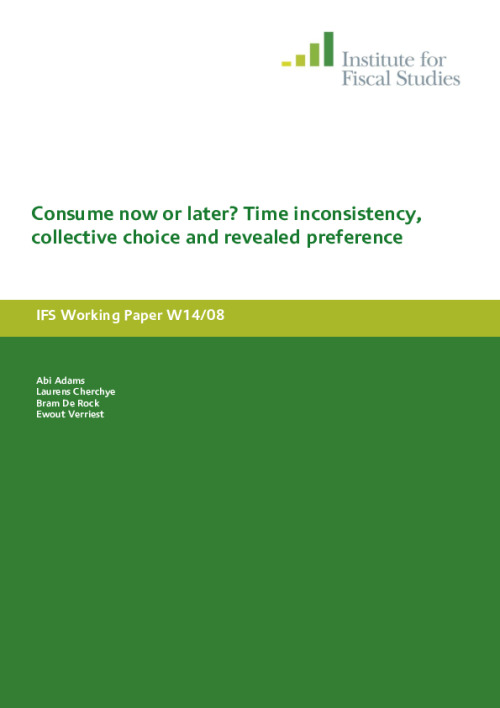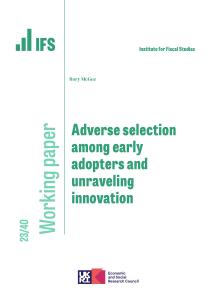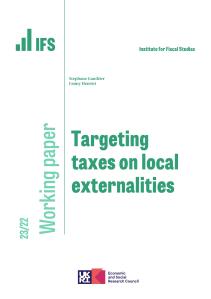Downloads

wp201408.pdf
PDF | 522.71 KB
In this paper, we develop a revealed preference methodology that allows us to explore whether time inconsistencies in household choice are the product of individual preference nonstationarities or the result of individual heterogeneity and renegotiation within the collective unit. An empirical application to household-level microdata highlights that an explicit recognition of the collective nature of household choice enables the vast majority of observed behaviour to be rationalised by a theory that assumes preference stationarity at the individual level. The methodology created in this paper also facilitates the recovery of theory-consistent discount rates for each individual within a particular household under study. We find that couples characterised by lower divergence in spousal discount rates are older, which we take as an indication of experiencing higher match quality.
Authors

Research Associate Katholieke Universiteit Leuven
Laurens is a Research Associate of the IFS and a Professor in the Department of Economics, KU Leuven.

Research Associate Université libre de Bruxelles
Bram is a Research Associate of the IFS, a Professor of Economics at ULB and a Professor of Mathematics and Statistics at KU Leuven.

Research Fellow University of Oxford
Abi's research sits within Applied Microeconomics, often focused on the econometrics of consumer and family choice.

Ewout Verriest
Working Paper details
- DOI
- 10.1920/wp.ifs.2014.1408
- Publisher
- Institute for Fiscal Studies
Suggested citation
Adams-Prassl, A et al. (2014). Consume now or later? Time inconsistency, collective choice and revealed preference. London: Institute for Fiscal Studies. Available at: https://ifs.org.uk/publications/consume-now-or-later-time-inconsistency-collective-choice-and-revealed-preference (accessed: 30 June 2024).
More from IFS
Understand this issue

What's wrong with inflation?
10 May 2023

Transparency is key to maintaining trust in government. Let’s not cap it
12 September 2022

How should the government tax electric cars?
19 May 2022
Policy analysis

Tax and public finances: the fundamentals
23 August 2023

Poverty
13 July 2023

Living standards, poverty and inequality in the UK: 2023
13 July 2023
Academic research

Saving by buying ahead: stockpiling in response to lump-sum payments
2 February 2024

Adverse selection among early adopters and unraveling innovation
18 December 2023

Targeting taxes on local externalities
14 August 2023